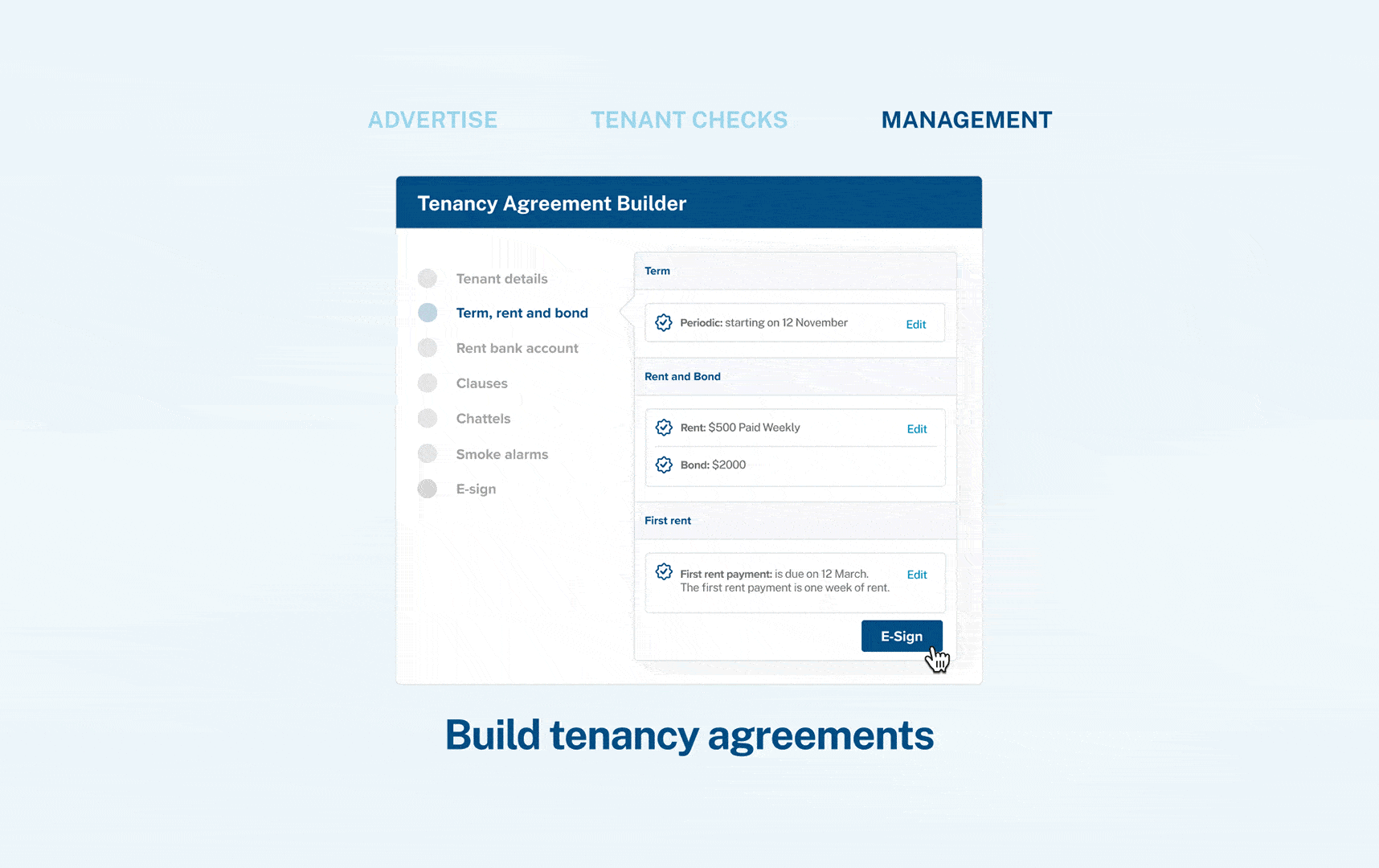It's essential to approach this situation with a clear understanding of your rights and follow the proper legal procedures to resolve the issue.
1. Communicate with tenants
Communicating with tenants can help resolve the situation amicably and potentially avoid the need for legal action.
- In-person Discussion
If possible, arrange a meeting with the tenant to discuss the situation face-to-face. Clearly communicate your expectations and remind the tenant of their obligations under the RTA. It's essential to remain calm, professional, and respectful during these interactions.
- Document All Communication
Keep a record of all communication attempts and responses from the tenant. This documentation will be valuable if legal action becomes necessary later. Maintain a written log of conversations, including dates, times, and a summary of what was discussed. If communicating via email or text, save copies of all correspondence.
If you're managing your property through myRent, make sure you communicate important information via Messages. That way, in cases of disputes, everything is easily trackable and deliverability of messages (and email alerts) can be confirmed and verified by the 3rd party.
- Offer Solutions
During your discussion with the tenant, explore potential solutions to the situation. It could involve negotiating a mutually agreeable new move-out date, assisting the tenant in finding alternative accommodation or offering incentives for an earlier departure. Be open to compromise and demonstrate a willingness to work towards a resolution.
2. Seek Mediation
Mediation involves a neutral third party facilitating a discussion between you and the tenant to find a mutually acceptable solution. Tenancy Services provides Mediation Services, which can help in resolving disputes.
3. Apply to the Tenancy Tribunal
If you can't resolve the matter amicably, you may need to apply to the Tenancy Tribunal for an order that returns possession of the premises to the landlord.
How to apply to the Tenancy Tribunal
Very important! The landlord must make the application within 90 days after the tenancy ends. Otherwise, a new periodic tenancy will begin with the same conditions as the previous one.
Before applying to the Tenancy Tribunal, gather all relevant documentation related to the tenancy, such as the tenancy agreement, communications with the tenant, the notice to end the tenancy, and any evidence supporting your case. Having a comprehensive collection of evidence will strengthen your position during the proceedings.
4. Apply for an eviction warrant
If the Tenancy Tribunal has made a possession order, but the tenant still refuses to leave, the landlord needs to take the order to the District Court to apply for an eviction warrant.
How to apply for an eviction warrant
A court bailiff will then assist you in returning possession of the property by physically removing the tenant and their belongings from the property.
Note that bailiffs operate under specific legal guidelines and will follow the appropriate procedures during the eviction.
More information can be found here: Enforcing orders from the Tribunal
The information contained in this article is exclusively for promotional purposes. It does not in any way constitute legal advice and should not be relied upon as the basis for any legal action or contractual dealings. The information is not, and does not attempt to be, a comprehensive account of the relevant law in New Zealand. If you require legal advice you should seek independent legal counsel. myRent.co.nz does not accept any liability that may arise from the use of this information.


